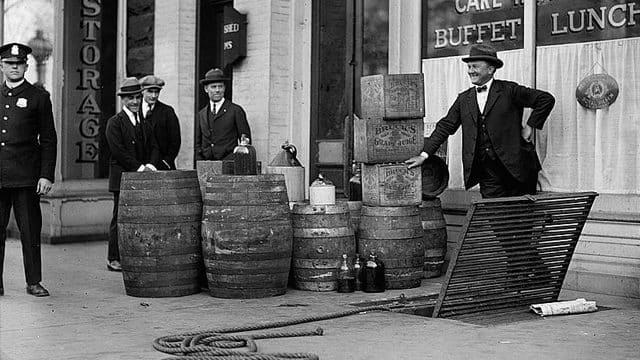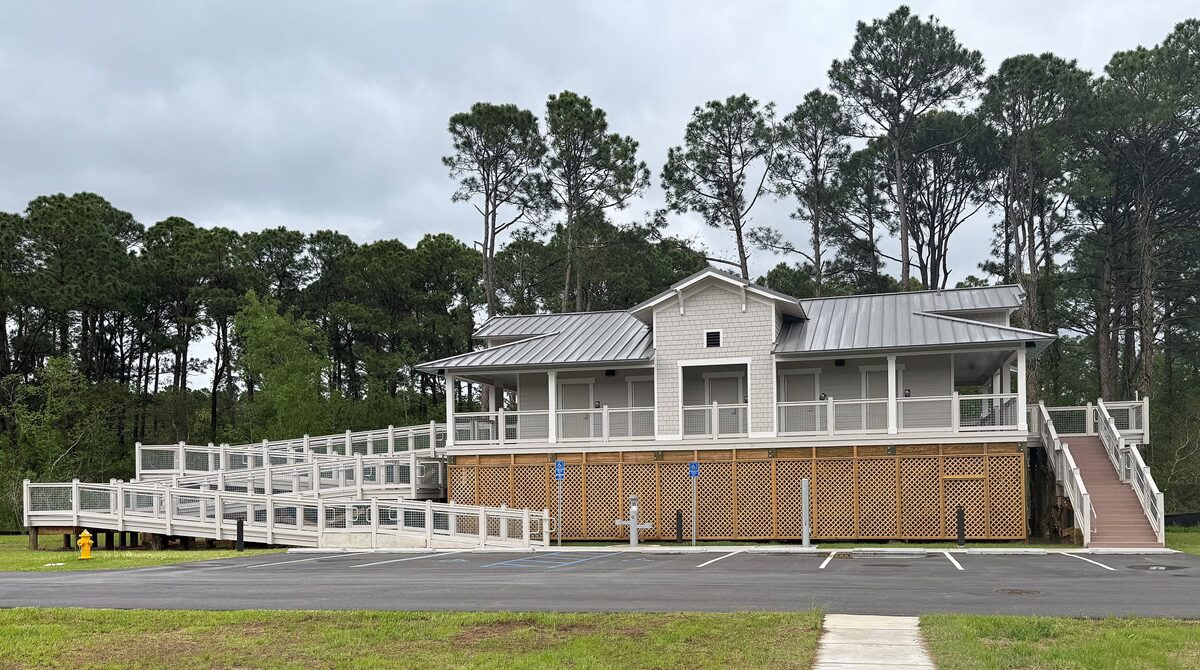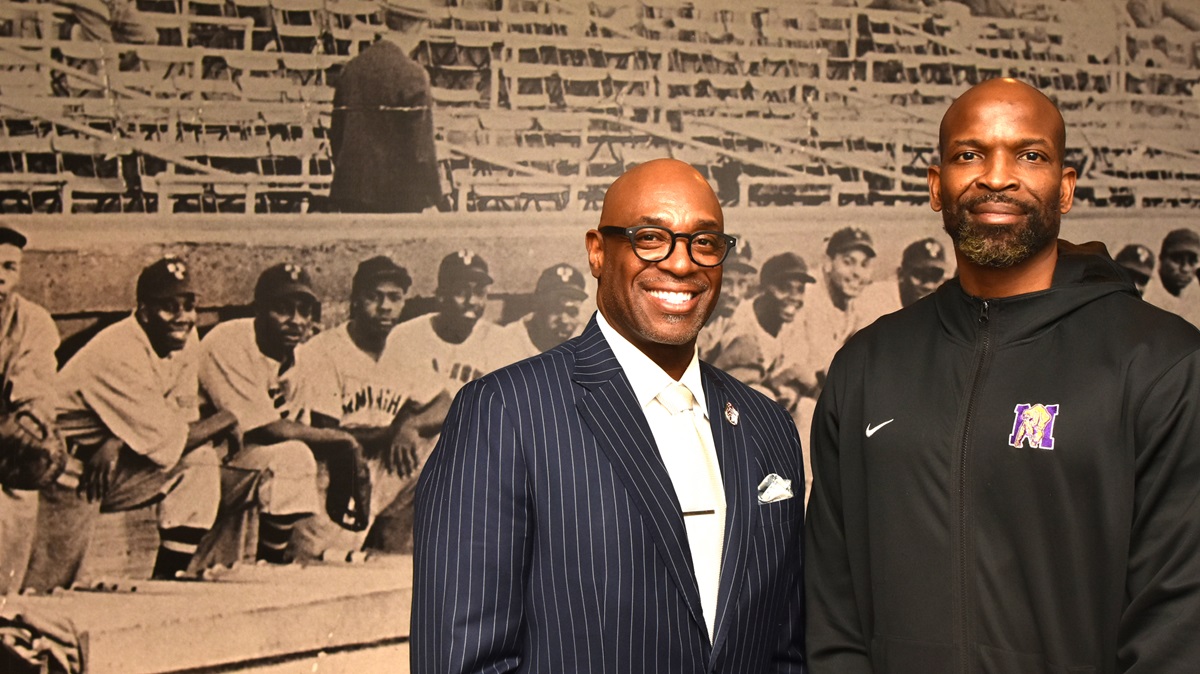July 1, 1915
Prohibition forces were in command of the Legislature in early 1915 when lawmakers approved what was known as the “bone dry” bill. Sent to outgoing Gov. Emmet O’Neal on his last day in office, he ignored it, and incoming Gov. Charles Henderson vetoed it. But the Legislature overrode Henderson’s veto. Statewide prohibition had been tried before, in 1909. But it was repealed in 1911 and replaced with a local option law. By 1915, all but eight of the state’s 67 counties were dry. The 1915 law didn’t do much to stop the illegal whiskey trade; 386 illegal stills were seized in Alabama in 1915. Prohibition, however, remained in effect until 1933, when the 21st Amendment to the Constitution repealed it. Elements of prohibition still linger in Alabama; today, 24 counties are dry, although they all contain at least one “wet” city.
Read more at Encyclopedia of Alabama, the Alabama Department of Archives and History, or the Alabama ABC Board.

Lithograph by Nathaniel Currier titled, “The Drunkard Progress,” supporting the temperance movement. (Library of Congress, Prints and Photographs Division, Wikipedia)

Members of the Women’s Christian Temperance Union campaign for a prohibition amendment to the U.S. Constitution outside the Birmingham View Company on Nov. 29, 1909. Debate over national prohibition factored heavily in a number of elections in Alabama. (From Encyclopedia of Alabama, courtesy of Birmingham Public Library Archives)

Unidentified liquor raid, Oct. 4, 1922. (Library of Congress, Prints and Photographs Division)

Gov. Charles Henderson took office in 1915 as the state’s economic situation suffered during World War I. (From Encyclopedia of Alabama, courtesy of Alabama Department of Archives and History)

Pike County native Charles Henderson (1860-1937) was Alabama’s governor from 1915-19. His accomplishments in office included reducing state debt and improving the prison system. Before his governorship, Henderson was three-term mayor of Troy, a successful businessman and a founder of Troy State Normal College (now Troy University). (From Encyclopedia of Alabama, courtesy of Alabama Department of Archives and History)

Emmet O’Neal (1853-1922) was the governor of Alabama from 1911-15. Prior to his governorship, O’Neal promoted the Democratic Party in Alabama, serving as a delegate to the Alabama Constitutional Convention of 1901. He was also a U.S. district attorney and president of the Alabama Bar Association. (From Encyclopedia of Alabama, courtesy of Alabama Department of Archives and History)

New York City Deputy Police Commissioner John A. Leach, right, watching agents pour liquor into sewer following a raid during the height of Prohibition, c. 1921. (Library of Congress, Prints and Photographs Division)
For more on Alabama’s Bicentennial, visit Alabama 200.













